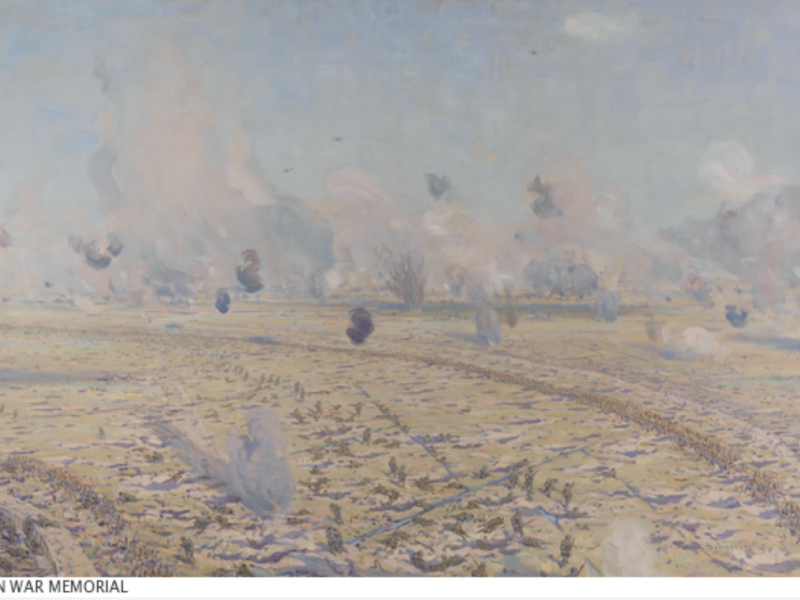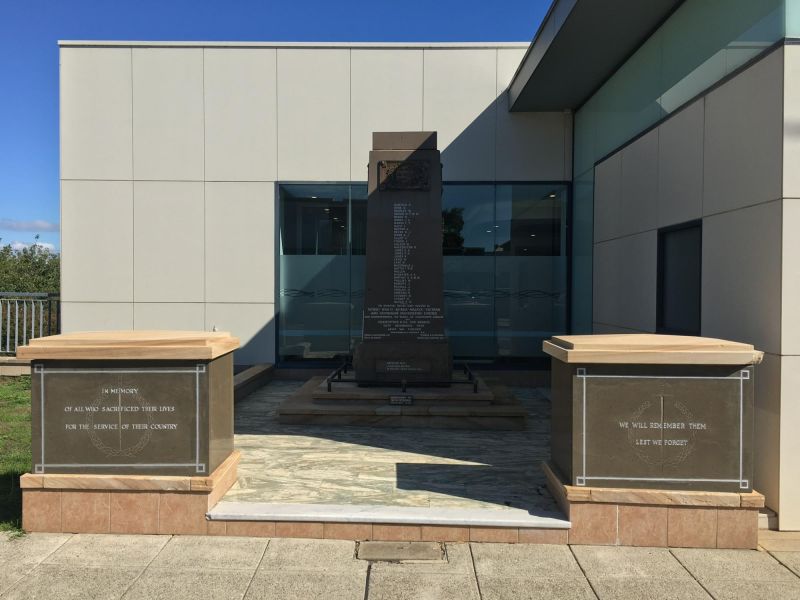Private William Lewis, 30th Battalion, AIF
William Lewis was born in 1894 to John and Ethel Lewis of Adamstown, New South Wales. His father deserted the family while William was young, and his mother raised her children alone, divorcing John in 1902. William – popularly known as “Pug” – went to work early, with a six-year plumbing apprenticeship. He and his brother Oswald were keen boxers, taking part in a number of local tournaments.
William enlisted in the Australian Imperial Force in July 1915; his brother Oswald followed in September. Both were posted to the 30th Battalion, with William leaving Australia for active service overseas first.
Records are unclear as to when Private Lewis joined his battalion in the field in France, but it is likely that he was at Fromelles in July 1916. During the battle, the 30th Battalion played a secondary role, providing carrying parties for supplies and ammunition, before being drawn into the vicious fighting.
Both William and Oswald remained with the 30th Battalion during the bitterly cold winter of 1916 and 1917. Australian battalions rotated in and out of the front line in what was one of the harshest winters on record.
In late November, Oswald was evacuated to hospital with severe trench foot in both feet. His feet were amputated the day before Christmas 1917, and he was sent home with artificial feet made for him in England. Oswald received a hero’s welcome, and the people of Adamstown raised enough money to present him with a pony and sulky to make sure he could get around.
A little over two months after Oswald’s operation to remove his feet, William was evacuated to hospital. He was also suffering the effects of life in the freezing trenches. He had contracted a bad case of bronchitis which developed into pneumonia, and was sent to hospital in Salisbury, Wiltshire.
Although he seemed to be improving for a time, in late April 1917 he died of broncho-pneumonia. He was buried in the Stratford-sub-Castle Church Cemetery near Old Sarum.
His mother chose the following inscription for his grave:
Greater love hath no man that he lay down his life for his friends.
William was 23 years old.
Meleah Hampton, Historian, Military History Section
Image: "Battle of Fromelles" by artist Charles Wheeler, 1922-25. The painting depicts a view of the Sugarloaf Salient area at Fromelles, with men of 5th Division AIF crossing No Man's Land towards the German trenches. Shell bursts and explosions can be seen above the landscape.
- Australian War Memorial https://www.awm.gov.au/collection/C2278455

 Australian War Memorial
Australian War Memorial